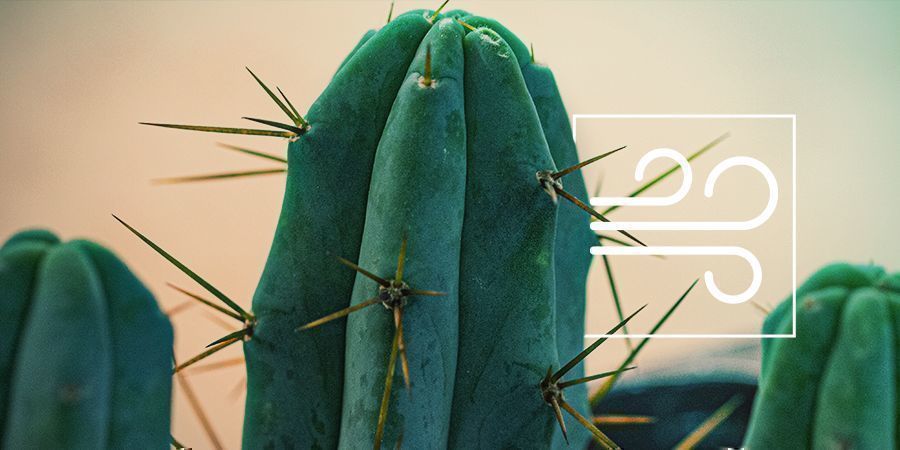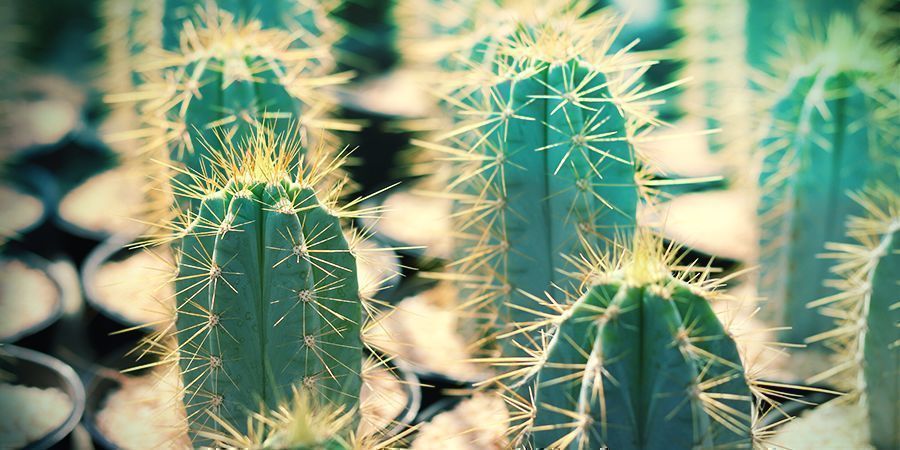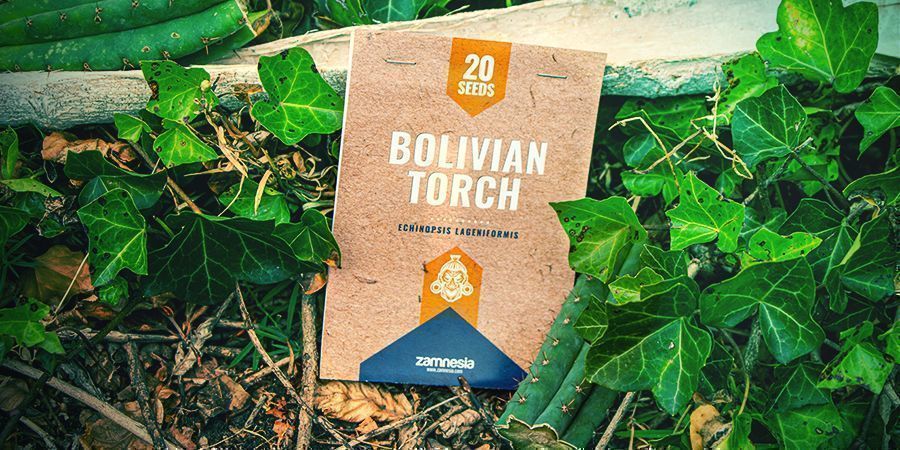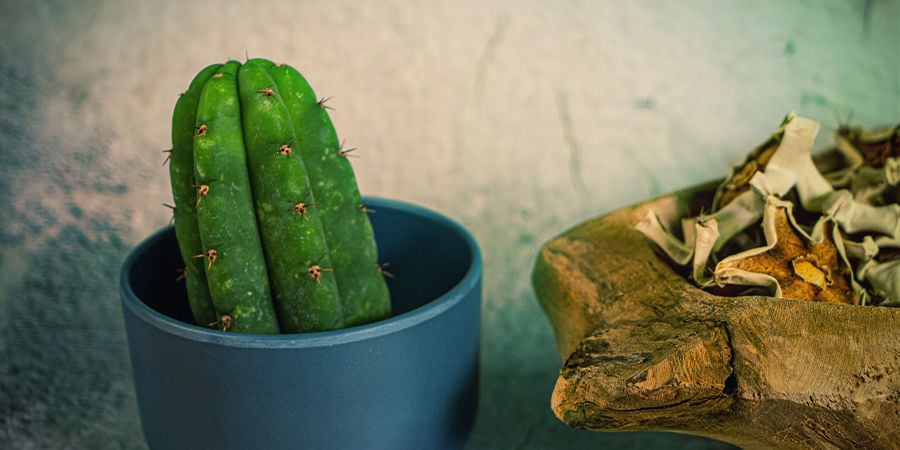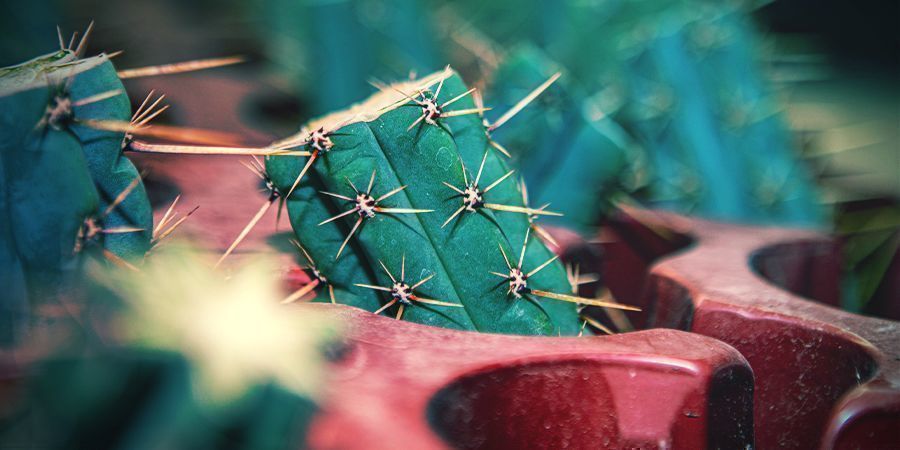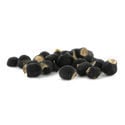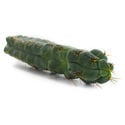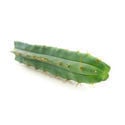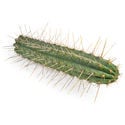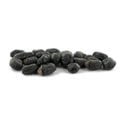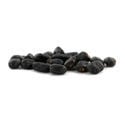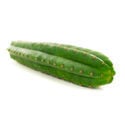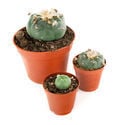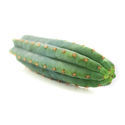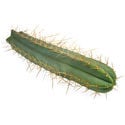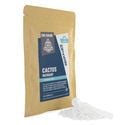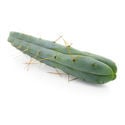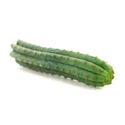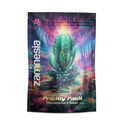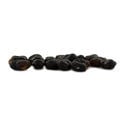-
Seed Shop
-
Feminized
Cannabis seeds -
Autoflowering
Cannabis Seeds -
Regular
Cannabis Seeds -
F1 Hybrid
Cannabis Seeds -
CBD
Cannabis Seeds -
Zamnesia
Cannabis Seeds
-
Top 10’s
- Top 10 Feminized Seeds
- Top 10 Autoflowering Seeds
- Top 10 Regular Seeds
- Top 10 USA Cannabis Strains
- Top 10 Zamnesia Seeds
-
Favourites
- Beginner Strains
- Below 1% THC
- Classic Cannabis Strains
- Cup Winners
- F1 Hybrids
- Fast-Flowering Strains
- High CBD Strains
- High THC Strains
- Mix Packs
- Zamnesia Exclusive Collabs
-
-
Headshop
-
Vaporshop
- Spare Parts & Accessories
- AirVape X
- AirVape XS GO (2021)
- Arizer Air MAX
- Arizer Extreme Q
- Arizer Solo 2
- Arizer V-Tower
- Arizer XQ2
- Boundless CFC 2.0 Vaporizer
- Boundless CFX
- Boundless TERA (V3)
- CRAFTY+
- DaVinci IQ2
- DaVinci IQC
- DaVinci MIQRO
- Dr. Dabber Boost EVO
- Dr. Dabber Stella
- DynaVap Omni 2021
- DynaVap VapCap "M" PLUS 2023
- DynaVap VapCap 'M' 2021
- DynaVap VonG (i) Titanium
- Dynavap The "B" Series
- Eagle Bill
- Firefly 2+
- Flowermate Aura
-
Healthshop
-
Smartshop
-
Shroomshop
-
Growshop
-
Seed Shop
All CategoriesSeed Shop
-
Vaporshop
All CategoriesVaporshop
- Top 10 Vaporizers
- Spare Parts & Accessories
- AirVape X
- AirVape XS GO (2021)
- Arizer Air MAX
- Arizer Extreme Q
- Arizer Solo 2
- Arizer V-Tower
- Arizer XQ2
- Boundless CFC 2.0 Vaporizer
- Boundless CFX
- Boundless TERA (V3)
- CRAFTY+
- DaVinci IQ2
- DaVinci IQC
- DaVinci MIQRO
- Dr. Dabber Boost EVO
- Dr. Dabber Stella
- DynaVap Omni 2021
- DynaVap VapCap "M" PLUS 2023
- DynaVap VapCap 'M' 2021
- DynaVap VonG (i) Titanium
- Dynavap The "B" Series
- Eagle Bill
- Firefly 2+
- Flowermate Aura
- Flowermate Cap Pro
- Flowermate Slick
- Flowermate V5.0S Pro
- G Pen Connect
- G Pen Elite II
- G Pen Micro+
- G Pen Pro
- G Pen Roam
- Hydrology9 Vaporizer
- Hyer Big-E Rig
- MIGHTY
- MIGHTY+
- PAX Mini
- PAX Plus
- PLENTY
- Pax 3 Vaporizer
- Puffco Peak PRO Smart Rig
- Puffco Peak Smart Rig
- Puffco Plus
- Storm Vaporizer
- The Proxy (Puffco)
- VOLCANO CLASSIC
- VOLCANO HYBRID
- Vape-Lifter
-
Smartshop
All CategoriesSmartshop
- Top 10 Smartshop
- Zamnesia Gift Cards
- After Party
- Aphrodisiacs
- Aromatherapy
- Blue Lotus
- CBD Vape Juice
- Capsule Machines
- Crystals, Gemstones & Minerals
- Dream Herbs
- Drug Tests
- Extracts
- Happy Caps
- Herbal Tea
- Herbs & Seeds
- Incense
- Kanna
- Kratom
- LSA Seeds
- Mescaline Cacti
- Microdosing
- Nootropics
- Relaxing
- Salvia divinorum
- Smart Seeds
- Stimulants
- Supplements
- Tinctures
- Vape Herbs
-
TRIBE
All CategoriesTRIBE
- My Membership
- Spend Gift Points
- Exclusive products
- Earn Extra Gift Points
-
TRIBE
- Early Access
- Refer a Friend
- Information
-
TRIBE
-
Language
 United States
United States
Friday, 25 April and Thursday, 01 May 2025*
Bolivian Torch: Everything You Need To Know
While people know about peyote and San Pedro, the most popular mescaline cacti, many of those same folk know nothing about Bolivian torch. While it's not referenced in media like the others, it's every bit as fascinating and mind-bending, if not more so. That's why, in this article, we'll be covering everything you need to know about this psychedelic cactus.
Bolivian torch belongs to an extensive family of mescaline-containing cacti. These plants have been used for thousands of years for spiritual purposes, and are still utilised for similar reasons today.
The journey to that enlightenment, however, can take you to some high and dry places. By that, of course, we mean you'll end up in the beautiful Bolivian high deserts, where this cactus usually grows. You can find some people growing it elsewhere, sure, but it's elusive outside of its typical home.
As a result, before you could order the seeds online, not many were able to experience its effects. Now, though, instead of just having to read about it, you have a chance to try it for yourself! That, however, doesn't mean you should dive in blind. Before you even think of trying Bolivian torch, we highly suggest you continue reading to get more familiar. As with any other psychedelic, research is key before trying the substance itself.
What Is Bolivian Torch
Scientifically known as Echinopsis lageniformis, Bolivian torch is what's known as a fast-growing columnar cactus. It may grow fast relative to other cacti, sure, but even five-year-old specimens look puny in comparison to those left uninterrupted outside. By the time they peak height-wise, they measure anywhere between two and five metres tall (6–15 feet)! Besides their height, however, they're not very remarkable-looking, seeming more plain and unassuming than they are in reality. Certain mature ones, however, will boast a big flower blooming on top of their head.
"Who cares about looks? Don't people just use them for what's inside?". Most people do, yes, but a sizable group out there treasures certain varieties for their appearance, rather than their psychoactive properties. Specifically, they go for certain cristate and monstrose varieties of Bolivian torch to adorn their gardens, admiring their peculiar nature.
Normally, we'd expect psychedelic cacti fans to be mad about that. However, many of them don't even seem to know Bolivian torch exists! Unless you're in Bolivia, especially the La Paz region, you'll find that it's the least-used mescaline-containing cactus of them all. Even when we talk about ornamental cactus collectors, not many of them have Bolivian torch on their radar, let alone in their garden.
Why is that, though? Why hasn't this cactus, which is just as potent and pretty as the others, amassed any popularity? In our opinion, it's because not enough people have heard about it in the first place. Once the word is spread, however, there's no reason why this shouldn't fuel many mescaline trips in the future.
Cactus of the Four Winds
As with anything related to psychedelics, there’s a fair share of uncertainty surrounding naming. While you might hear some refer to Bolivian torch as “Cactus of the Four Winds”, this term actually describes a variety of the Bolivian Torch cactus!
If you happen to find a four-ribbed cactus, you should consider yourself very lucky. In fact, according to local legend, making that discovery is a sign you're either a great shaman, or on the way to becoming one. That four-ribbed specimen, as you may have guessed, is the Cactus of the Four Winds.
While the actual psychedelic effects are similar to those of the standard Bolivian Torch, it holds special value due to the sacred nature of the number four in its native region. Speaking of, these cacti also happen to be found in high-altitude regions of Bolivia. Considering their habitat, along with the fact that they both contain mescaline, it's easy to see how some assume they're one and the same.
Identifying Bolivian Torch
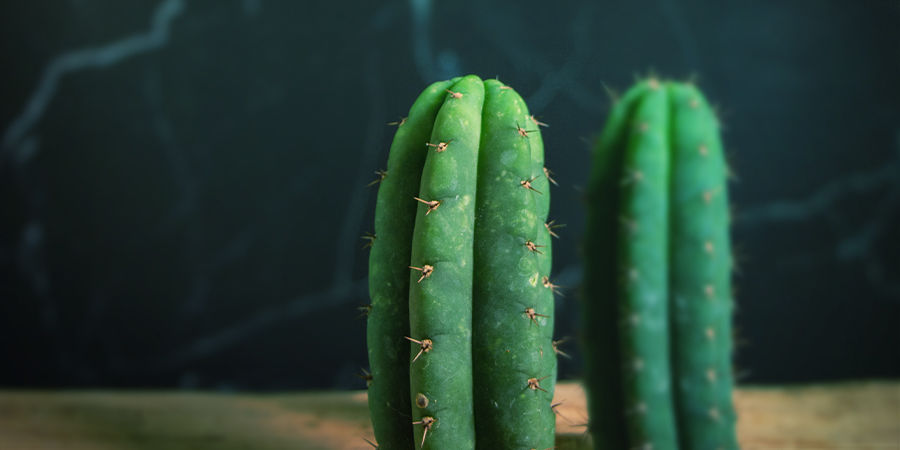
Wild varieties grow within the Bolivian departments of La Paz, Cochabamba, Chuquisaca, Santa Cruz, and Tarija. These fast-growing columnar specimens can reach astonishing heights of 2–5m, with a typical diameter of 15–20cm. The stem is dull greyish-green (glaucous) in appearance but takes on a darker green shade with age.
These cacti feature a minimum of four ribs and a maximum of eight. However, specimens usually develop 5–7 ribs. Each rib houses honey-coloured to brown spines that emerge in clusters of up to four from nodes spaced around 3cm apart. These sharp structures can grow anywhere between 6–10cm in length.
Bolivian torch develops large white flowers during the summer. These fragrant flowers bloom during the night and reach an impressive diameter of 20cm.
How To Grow Bolivian Torch
Bolivian torch can be grown at home with relative ease. You can start your cactus either from seed or cutting.
Growing From Seed
If you’re starting from seed, germinate the desired amount using a cactus potting mix—essentially a blend of sand, soil, and peat moss. Remember, cacti aren’t like regular plants. They evolved in the desert and appreciate an aerated growing medium with few nutrients.
Here’s how to grow Bolivian torch from seed:
-
Grab some small, shallow pots and clean them thoroughly.
-
Fill each pot with moistened cactus potting mix.
-
Sow several seeds in each pot to maximise germination rate. Place them on the surface, around 3cm apart, and delicately press them into the potting mix.
-
Cover each pot with a thin layer of perlite and mist with water. Cover each pot with a layer of plastic film to trap moisture.
-
Try to maintain a temperature of 23°C, and expose your pots to 6–8 hours of sunlight each day.
-
Only water your babies when their pots dry out. When they need a drink, fill a shallow tray with water and place the pots inside. Water them from the bottom for 20 minutes and then return them to their original spot.
-
Your seed will germinate within one month. Thin the seedlings down to one per pot and slowly remove the plastic film over the course of a week to avoid shocking your cacti.
-
Transplant your cacti into larger containers and move them into your garden. Start them off in light shade over the first summer and move them into an exposed area when autumn comes around.
Starting With A Cutting
Starting with a cutting allows growers to skip the germination phase.
Here’s how to start your Bolivian torch from a cutting:
-
The base/wound of the cutting should be completely dry. If not, place it horizontally in a dry location until the moisture evaporates.
-
Place your cutting vertically in a dry container and allow it to dry for another two weeks at a temperature of 20–25°C.
-
After two weeks have passed, place your cutting vertically into a dry rooting medium such as perlite. Leave it in the dry mixture for 4–6 weeks. Do not water your cutting during this time!
-
After four weeks, take out the cutting and check for roots. If there’s no sign of life, place it back into the rooting mix. If you see roots, it’s time to repot your cutting.
-
Place the cutting into a clean pot filled with cactus potting mix. Water your cutting and transfer it to your garden or a well-lit windowsill.
How To Prepare Bolivian Torch
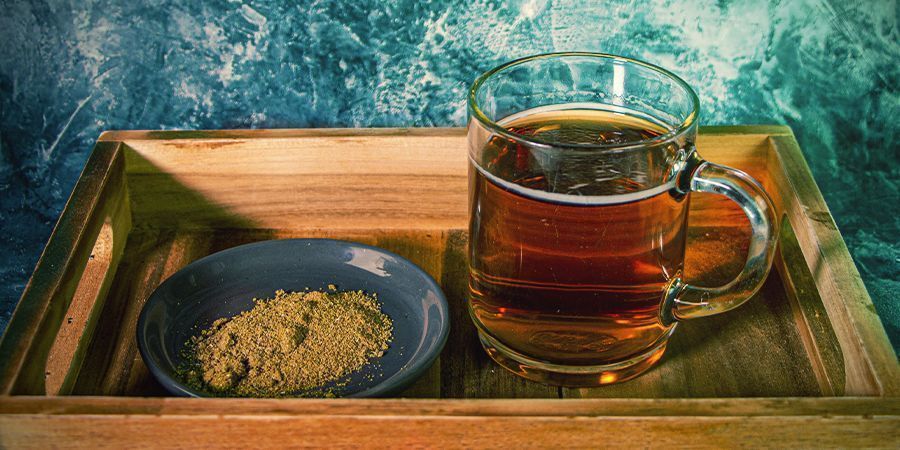
You can consume Bolivian torch in several ways. You have the option of munching it raw, processing it into capsules, or making a tea.
Not ideal for fussy eaters, Bolivian torch is extremely bitter and near unpalatable. If you plan on eating your cactus, you’ll need to remove the skin and spines, leaving behind the mescaline-rich pulp.
Processing the cactus into a powder allows users to skip the bad taste. The dried powder can be added to tasty smoothies or loaded into capsules and swallowed.
Making a cactus brew provides another more-pleasant way to consume Bolivian torch. You’ll need to boil it for some time, pass it through a filter, and add some honey to combat the bitterness.
How Much Bolivian Torch To Trip?
Dosing Bolivian torch—and mescaline cacti in general—remains an inexact science. Scientists haven't established exact doses, and cacti can contain varying levels of mescaline depending on certain factors, such as age.
For now, cactus lovers need to rely on anecdotal reports, rough figures, and personal experimentation.
What Are The Effects Of Bolivian Torch?

As a powerful psychedelic, nobody should take mescaline lightly. Read about set and setting here to mentally and physically prepare for the experience.
Following consumption, you’ll start to feel the effects take hold. The alkaloids that give Bolivian torch its bitterness often cause sensations of physical discomfort to arise during this time. However, the feeling usually passes within 1–2 hours.
Eventually, a more intense effect begins to set in. The trip usually peaks at around 2–4 hours, and lasts a total of 8–12 hours. During this time, you’ll likely experience a contrasting mixture of pleasant and unpleasant sensations, including:
- Visual hallucinations
- Feelings of connection to yourself, others, and the universe
- Increased feelings of openness and empathy
- Synaesthesia, or blending of the senses—you might hear colours and taste sounds
- Ego death
- Potential “bad trip”
Bolivian Torch Vs Peruvian Torch
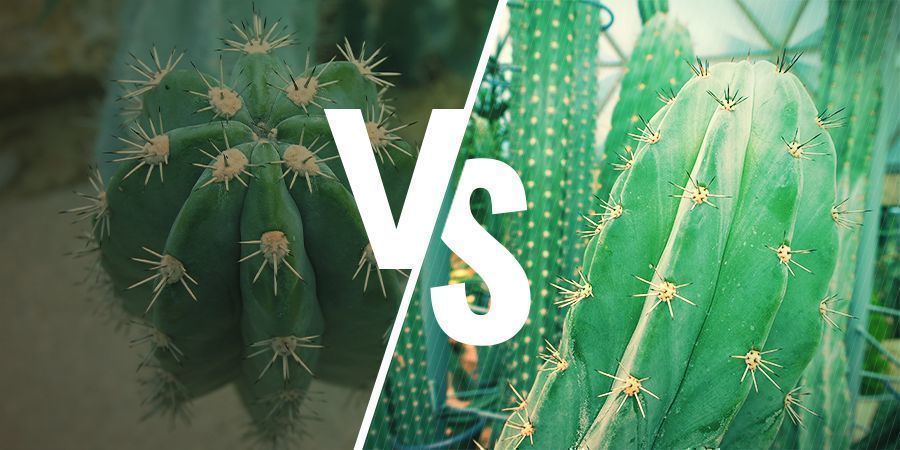
San Pedro, peyote, and Peruvian torch form the triad of famous mescaline-containing cacti. Bolivian torch and Peruvian torch share some striking similarities, but they’re also completely different species that feature unique traits.
| Bolivian Torch Profile | Peruvian Torch Profile | |
| Botanical name | Echinopsis lageniformis | Echinopsis peruviana |
| Height | 2–5m | 3–6m |
| Diameter | 15–20cm | 8–18cm |
| Colour | Dull, greyish-green stem | Blueish-green stem |
| Ribs | 4-8 | 4–8 |
| Spines | Honey-brown, 6–10cm in length | Honey-brown, 1–4cm in length |
| Flowers | Large, white, fragrant, night-blooming | Large, white |
| Average mescaline content | 0.56% by dry weight | 0.24% by dry weight |
| Native range | High deserts of Bolivia | Western slope of Andes, Peru |
How To Order Bolivian Torch (Echinopsis Lageniformis)
Bolivian torch belongs in the collection of any mescaline cactus enthusiast. This rare and elusive specimen will spice up your genetic archive, and it's a great topic of conversation for when your friends come over to check out your botanical collection.
For the psychonauts out there, you need to try Bolivian torch if you’re a fan of mescaline. Tick this rare experience off your checklist.
You can purchase Bolivian torch seeds and Bolivian torch "Monstrose" cuttings from the Zamnesia store. All of our products are sent in discreet packaging

- Contributors to Wikimedia projects. (2005-07-31T00:31:22Z). Fasciation - https://en.wikipedia.org
- France
- Germany
- International
- Italy
- Netherlands
- Spain
- United Kingdom
- United States
Related products
-
+4 Extra Gift Points
-
-
+4 Extra Gift Points
-
£103.04
-
-
-
-
-
+4 Extra Gift Points
-
+4 Extra Gift Points
-
-
-
-
-
-
-
£5.11 £4.34+3 Extra Gift Points
-
-
-
+15 Extra Gift Points
-
-
+4 Extra Gift Points
You might also like
-
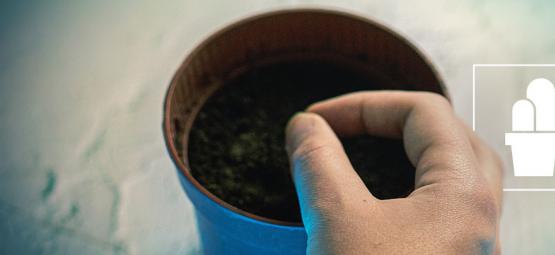
 5 min
27 November 2019
How To Grow Your Own Mescaline Cactus From Seed
Mescaline is a natural psychedelic produced by several types of cactus including peyote, San Pedro, and the Peruvian torch. These cacti are easy enough to grow, even if you don't have a lot of gardeni ...
5 min
27 November 2019
How To Grow Your Own Mescaline Cactus From Seed
Mescaline is a natural psychedelic produced by several types of cactus including peyote, San Pedro, and the Peruvian torch. These cacti are easy enough to grow, even if you don't have a lot of gardeni ...
-
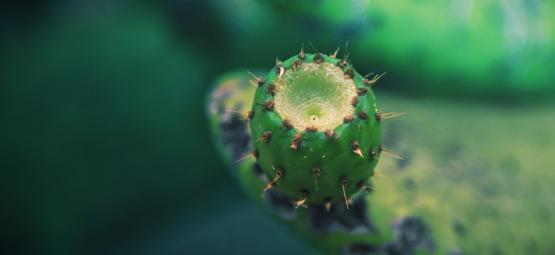
 3 min
12 October 2019
How To Cultivate Cacti From Cuttings
If you want to grow mescaline cacti, you can do so from seed; but the more common (and faster) way is to propagate them from cuttings. Although rooting mescaline cacti cuttings is not too difficult, t ...
3 min
12 October 2019
How To Cultivate Cacti From Cuttings
If you want to grow mescaline cacti, you can do so from seed; but the more common (and faster) way is to propagate them from cuttings. Although rooting mescaline cacti cuttings is not too difficult, t ...
-
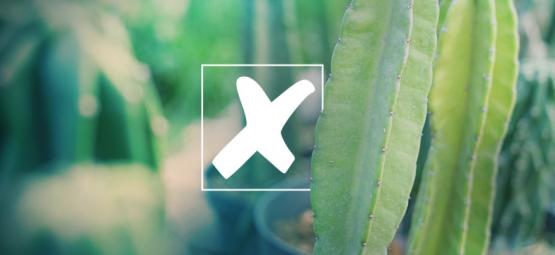
 4 min
3 February 2019
Most Common Cactus Care Mistakes And How To Fix Them
A vast world of spiritual enlightenment awaits. At least for those who have taken the time to successfully grow a San Pedro or Peruvian torch cactus, members of the Cactaceae family. Both cacti contai ...
4 min
3 February 2019
Most Common Cactus Care Mistakes And How To Fix Them
A vast world of spiritual enlightenment awaits. At least for those who have taken the time to successfully grow a San Pedro or Peruvian torch cactus, members of the Cactaceae family. Both cacti contai ...
-
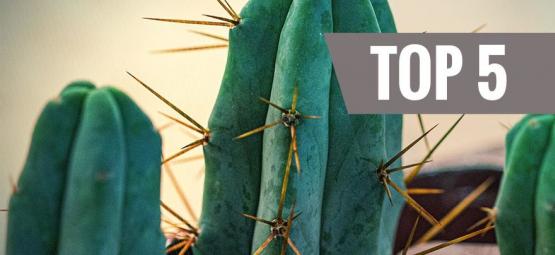
 3 min
6 October 2018
Top 5 Mescaline Cacti
Mescaline occupies the esteemed podium of naturally occurring hallucinogens along with DMT and psilocybin. The alkaloid can be found in a variety of cactus species. Here are the top 5 mescaline-contai ...
3 min
6 October 2018
Top 5 Mescaline Cacti
Mescaline occupies the esteemed podium of naturally occurring hallucinogens along with DMT and psilocybin. The alkaloid can be found in a variety of cactus species. Here are the top 5 mescaline-contai ...
Categories
-
Seed Shop
- Feminized Cannabis Seeds
- Autoflowering Cannabis Seeds
- Regular Cannabis Seeds
- F1 Hybrids
- CBD Seeds
- Zamnesia Seeds
- Top 10 Autoflowering Seeds
- Top 10 Regular Seeds
- Top 10 USA Cannabis Strains
- Top 10 Zamnesia Seeds
- Top 10 Feminized Seeds
- Beginner Strains
- Below 1% THC
- Classic Cannabis Strains
- Cup Winners
- F1 Hybrids
- Fast-Flowering Strains
- High CBD Strains
- High THC Strains
- Mix Packs
- Zamnesia Exclusive Collabs
- Amnesia Seeds
- Blueberry Seeds
- Cheese Seeds
- Diesel Seeds
- Gorilla Seeds
- Haze Seeds
- Kush Seeds
- Purple Seeds
- Skunk Seeds
- White Widow Seeds
- Zamnesia Seeds
- ACE Seeds
- Advanced Seeds
- Amsterdam Genetics
- Anesia Seeds
- Auto Seeds
- Barney's Farm
- Big Buddha Seeds
- Bomb Seeds
- BSB Genetics
- BSF Seeds
- Buddha Seeds
- Bulldog Seeds
- Cali Connection
- Cannarado Genetics
- CannaBioGen
- CBD Crew
- CBD Seeds
- Compound Genetics
- The Dank Seeds
- Dark Horse Genetics
- Delicious Seeds
- Devil Harvest Original
- Dinafem
- DNA Genetics
- Doctor's Choice
- Dr. Underground
- Dutch Passion
- Elite Seeds
- Eva Seeds
- Exotic Seed
- Expert Seeds
- FastBuds
- Female Seeds
- Fenocan
- Flash Auto Seeds
- French Touch Seeds
- Garden of Green
- GeneSeeds
- Genehtik Seeds
- G13 Labs
- Grass-O-Matic
- Greenhouse Seeds
- Grow Your Own (DNA)
- Growers Choice
- Homegrown Fantaseeds
- House of the Great Gardener
- Humboldt Seed Company
- Humboldt Seed Organization
- Kalashnikov Seeds
- Kannabia
- The Kush Brothers
- Light Buds
- Little Chief Collabs
- Medical Seeds
- Ministry of Cannabis
- Mr. Nice
- Nirvana Seeds
- Original Sensible
- Paradise Seeds
- Perfect Tree
- Pheno Finder
- Philosopher Seeds
- Positronics Seeds
- Purple City Genetics
- Pyramid Seeds
- Rare Dankness
- Reggae Seeds
- Reserva Privada
- Resin Seeds
- Ripper Seeds
- Royal Queen Seeds
- Sagarmatha Seeds
- Samsara Seeds
- Seedstockers
- Sensation Seeds
- Sensi Seeds
- Serious Seeds
- Silent Seeds
- Soma Seeds
- Spliff Seeds
- Strain Hunters
- Sumo Seeds
- Super Sativa Seed Club
- Super Strains
- Sweet Seeds
- T.H. Seeds
- Top Tao Seeds
- Vision Seeds
- VIP Seeds
- White Label
- World Of Seeds
- Zativo Seeds
- Seed Banks
-
Headshop
-
Vaporshop
-
Healthshop
-
Smartshop
- Top 10 Smartshop
- Zamnesia Gift Cards
- After Party
- Aphrodisiacs
- Aromatherapy
- Blue Lotus
- CBD Vape Juice
- Capsule Machines
- Crystals, Gemstones & Minerals
- Dream Herbs
- Drug Tests
- Extracts
- Happy Caps
- Herbal Tea
- Herbs & Seeds
- Incense
- Kanna
- Kratom
- LSA Seeds
- Mescaline Cacti
- Microdosing
- Nootropics
- Relaxing
- Salvia divinorum
- Smart Seeds
- Stimulants
- Supplements
- Tinctures
- Vape Herbs
-
Shroomshop
-
Growshop
- Top 10 Growshop
- Top 10 Plant Seeds
- All Seeds
- Cacti
- Chilli & Pepper Seeds
- Companion Plants
- Edible Plant Seeds
- Exotic Seeds
- Flower Seeds
- Fruit Seeds
- Herb Seeds
- Interior Plant Seeds
- Microgreens
- Psychoactive Plant Seeds
- Sprouting
- Vegetable Seeds
- Wellness Plant Seeds
- After Harvest
- Climate Control
- Fertilizer
- Grow Tents
- Harvest, Dry & Cure
- LED Grow Lights
- Plant Seeds
- Propagation
-
Merchandise
-
Sale section
Account
Information
Our Offers
Our website won't work without these cookies activated. Therefore functional cookies can't be disabled.


















